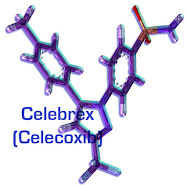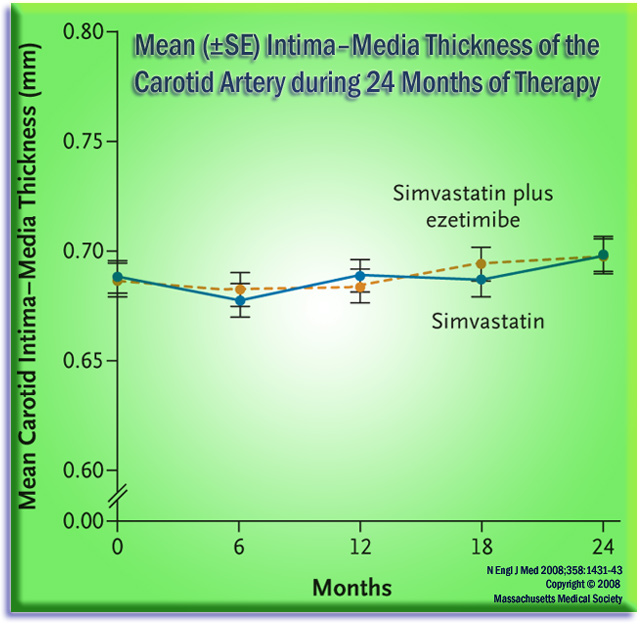It seems uncontroverted that femur fractures and jaw-bone death are exceedingly rare outcomes in full-on osteoporosis cases, and it seems that if longer-term patients take an occcasional drug "holiday" -- of several weeks or months -- every five years or so, even those waifish risks may be additionally mitigated. With the price of the drugs (many now generic) having rapidly declined, it may well make sense (for older white women, especially) to consider taking them.
One can never be certain about such matters, but independent medical groups are suggesting most doctors should be counseling most older women with osteoporosis to at least consider them. And even so, there will certainly still be a rare occassion upon which a spontaneous femur fracture might occur. Here is a bit of the very good New York Times reporting this morning -- do go read it all:
. . . .Millions of Americans are missing out on a chance to avoid debilitating fractures from weakened bones, researchers say, because they are terrified of exceedingly rare side effects from drugs that can help them. . . .
There is little question that fractures caused by fragile bones are a real problem, particularly for women. A 50-year-old woman has a 50 percent chance of having an osteoporotic fracture in her remaining years. The drugs, meant to be started when bone density falls very low and the chance of a fracture soars, can reduce that risk by half, studies show.
But to many, it matters little that the drugs’ frightening side effects are extremely rare. Estimates are that 10 to 40 in 100,000 osteoporosis patients taking the drugs — including alendronate, ibandronate, risedronate and zoledronate — have sustained broken thighbones. Fewer than one in 100,000 have had the jawbone problem.
"You only need to treat 50 people to prevent a fracture, but you need to treat 40,000 to see an atypical fracture," said Dr. Clifford J. Rosen, a professor of medicine at Tufts University who has no association with the makers of the drugs. . . .
Even so, I do understand the strong preference to use a very healthy (naturally occuring calcium rich) diet and regular vigorous exercise, as a first line of defense, here -- especially for osteopenia patients. But when osteoporosis is detected by x-ray, it makes sense to urge patients to take the drugs -- even if they decide to do so with regular drug holidays. Of course I am no doctor, but that seems to be what the best -- and fairest -- look at the available data now suggests. Onward now, on a glorious June morning -- walking in, with an ear-to-ear grin -- and a twinkle in my eye. . .


















No comments:
Post a Comment